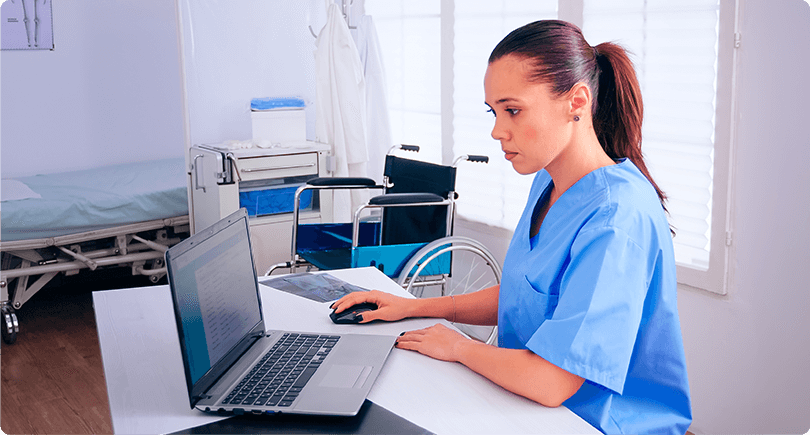Transitioning from paper to EMR systems through healthcare data integration is quickly becoming mandatory among healthcare institutions. The advantages of medical EMR systems are multiple and can create holistic improvement across the organization. Paperwork is turning into a thing of the past, and EHR system development will go a long way in maintaining compliance standards.
EMR systems, in the current scenario, are geared with coherence, strict security systems, telehealth solutions offerings, a remote health monitoring system, and an automated EHR system. Overall, current electronic health record applications deal with the current requirement of virtual access to care, easier systems, and patient engagement systems. As digital medical records continue to be used in healthcare software development, EMR systems for hospitals look toward cross-platform mobile EMR and EHR systems. Medical app development companies are also predicted to develop MVPs of EMR and EHR systems for an overall purview of electronic health records software solutions.
As with any other software, building healthcare EMR systems is not a ‘one size fits all’ phenomenon. Carefully examining and identifying organization-specific requirements can go a long way in mitigating EMR/EHR systems challenges.
Challenge: Integrating medical EMR systems with current systems
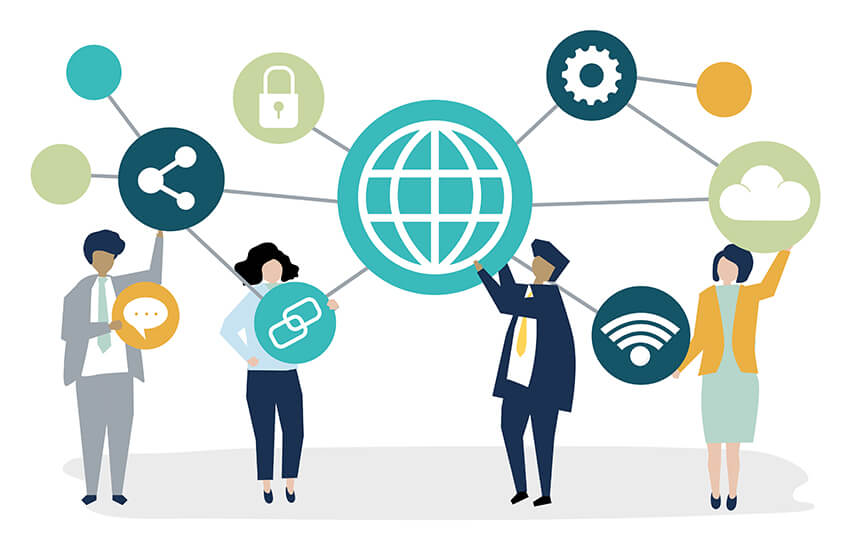
Solution: Interoperability of electronic medical records systems
Healthcare organizations must be mindful of choosing integrated electronic medical records systems. EMR system’s medical interoperability is an important factor that must be considered, along with the technical and internal challenges related to implementation. Implementing electronic medical charting systems must be examined from an EHR integration point of view.
An integrated medical records systems software must be able to perform everyday tasks toward healthcare automation. EMR integration requires the system to have the ability to build charts for medical claims that include details of patient visits, diagnosis details, lab details, etc. All operational dimensions of the practice, that is, EMR and EHR, must be successfully merged into the integrated EHR software systems. The customization ability of the EMR charting systems must be factored in. Billing-friendly medical EHR systems can mitigate several technical challenges while implementing a robust solution.
With the application of EMR and EHR for a practice management system, medical app development companies will continually innovate toward multi-purpose applications. EHR integration software will likely develop and fulfill multiple requirements for patients and providers. Now, electronic health record applications that offer comprehensive solutions are gaining more and more traction. For example, EMR – electronic medical records can offer patients easier access to caregiving, medication assistance, lifestyle management, and much more. The future expectation from an electronic health records app is for a single app to do ten jobs instead of having ten different apps for one job each.
Through acquisitions and mergers, electronic health records solutions will be empowered to make bigger offerings toward electronic health records services. EHR/ EMR mobile app development will be built around EHR interoperability solutions for an all-powerful super app.
Challenge: Data migration
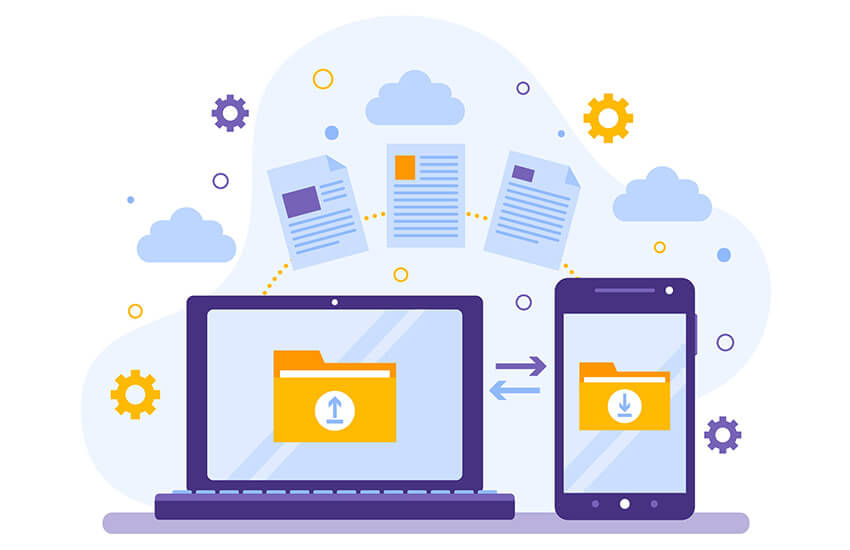
Solution: Healthcare data integration through patient EMR systems
While undertaking the stages of EMR medical systems, data migration is a critical task. Older billing systems and paper-based procedures must be addressed among the challenges of implementing medical records systems. Inaccessibility of patient medical history is a hurdle toward smooth operability, and integrating health records with healthcare EHR systems is a must for data sharing. Old records and new patient information must be considered during the transition from paper to electronic medical records.
Subsequently, EHR integration services will be most beneficial with a billing-friendly solution. For holistic usage, there must be access to medical histories for insurance and new claims purposes. This integrated EMR information provides healthcare data integration to the billing system. EHR integration focusing on data migration is more than half the battle won toward successful healthcare EHR systems.
Electronic health records systems do not have to be plain-sighted anymore. More and more electronic medical records systems are being garnished with impressive designs. When developers undertake consistent electronic medical records consulting with the end-user, ideas to provide a higher experience are more likely to pop up. Even with clinical apps, electronic patient record systems can be designed to be more aesthetically pleasing and usable for medical records management. As design technology progresses in other sectors, EHR mobile app development is set to match the pace in the upcoming years.
Challenge: Training of staff and physicians
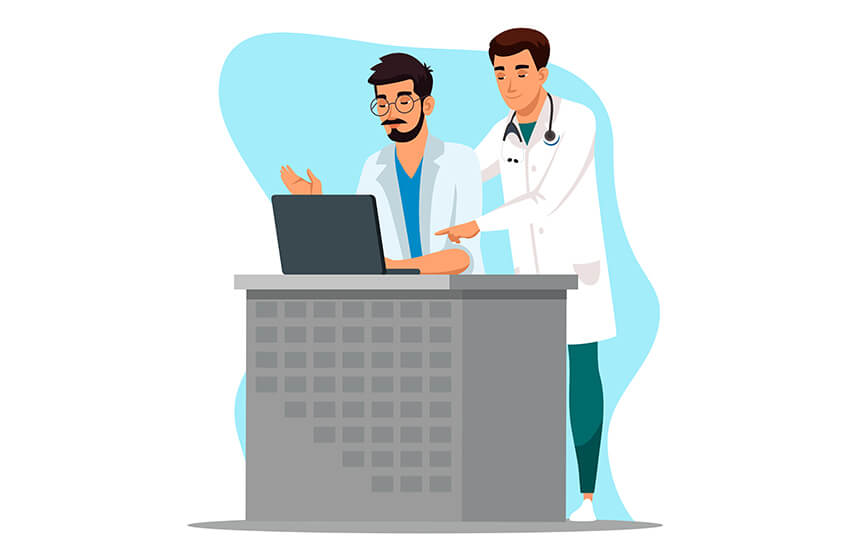
Beyond technical considerations, another important factor in integrating EMR medical systems is training staff and physicians at the healthcare organization. Accurate usage is a key component of patient EMR systems. Integrated patient EMR systems require the involvement of all entities of the organizations – administrators, staff, providers, physicians, and patients.
Detailed training programs targeted toward integrating medical records should not be overlooked. Switching from paper to electronic medical records is a one-time transition but requires the entire healthcare organization to be proficient for smooth operations. EHR conversion should be accurately comprehended, and execution efficiency is critical to success.
While maintaining natural communication patterns and simplicity of use, touchless interfaces are the future of EHR solutions and EMR software development. Clinical informatics can be advanced to offer voice-driven interfaces in an EHR solution. With a rise in voice partners, such as Siri and Alexa, it is only a matter of time before this trend is established across EHR software development. Touchless UIs already see significant movement in wearable devices of healthcare EMR systems.
Challenge: Compliance with EMR systems
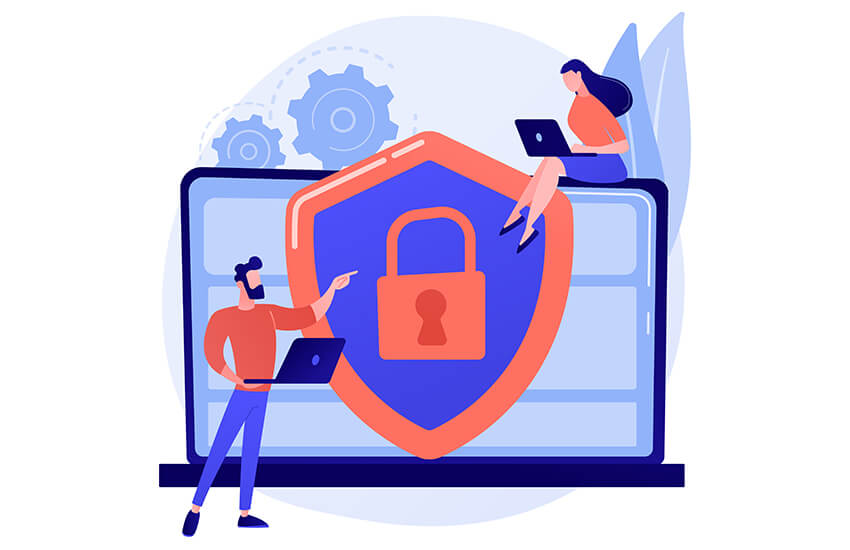
Solution: Ensuring HIPAA compliance and DLT-based security
Ensuring that all integration services are HIPAA compliant is a significant component of EMR implementation. Your healthcare organization’s solutions must be examined to ensure all compliance protocols are in place.
While HIPAA compliance is integral to electronic health record applications, patient health data is sensitive. Even though EMR, medical records in paper form, or generalized patient data require security, it is not enough to satisfy patient concerns about revealing this vital information. This turns even more critical in behavioral health care. EMR – electronic medical records are increasingly being used to develop mobile EMR solutions for doctors, patients, and administrative staff. EHR technology platforms are in constant danger of data breaches and information leakage. Due to this, patients are consciously skeptical about uploading their information on electronic patient record systems.
Advanced security protocols for mobile EMR apps are a realistic expectation. To access open-source electronic medical records, electronic data exchange will be powered with agile authentication techniques, including face recognition, fingerprinting, and more. Security of electronic patient record systems is now likely to remain at the forefront of cloud-based EHR software.
Mobile electronic health record applications are witnessing a promising data-protection technology – Distributed Ledger Technology (DLT). EHR and practice management software have already seen great benefits from blockchain technologies as part of DLT. Blockchain works by creating cryptographic algorithms for cloud-based electronic medical records. Mobile EHR applications are therefore protected through a blockchain based on mathematical validation. DLT-based security looks to be the central figure of future EMR software development.
Challenge: Providing healthcare access to remote areas
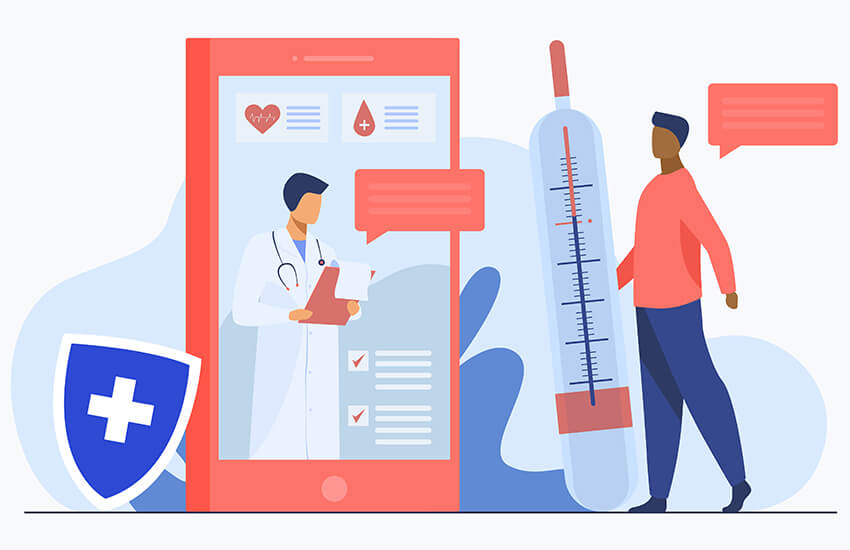
Solution: Virtual EMR healthcare for any time/anywhere access
Health access is still quite limited in many areas, especially remote locations, and villages. EMR healthcare systems offer patients the convenience of reaching out to physicians anytime from anywhere. Elderly patients and those with chronic needs can also benefit from virtual healthcare EMR systems. They can have virtual consultations through video calls or chatbots. Medical EMR systems and applications provide health access to patients from the comfort of their homes.
Almost every EHR system is geared with coherence, strict security systems, mHealth offerings, remote patient monitoring systems, and an automated EHR solution. Overall, electronic health record applications deal with the current requirement of virtual access to care, easier systems, and convenient patient engagement software. Healthcare misinformation could cause serious panic among patients and, sometimes, even providers.
To address this issue, EHR mobile app development can use cloud computing in healthcare to develop cross-connections to confirm facts from rumors. EMR mobile development will be developed to counter fakes from quality goods. The main goal here is for mobile EMR applications to recognize bogus information. Mobile EMR solutions can deploy healthcare analytics and AI to achieve such confirmations. Healthcare information is long past the point of human scrutiny, but intelligent filters can significantly improve EHR mobile applications.
As digital medical records continue to be used in healthcare automation, hospital EMR systems will look toward cross-platform mobile EHR applications. Medical app development companies are also predicted to develop MVPs of EMR/ EHR systems for an overall purview of electronic health records software solutions.
Conclusion
With the continually evolving nature of healthcare trends, mobile EHR applications will follow suit. As technologies strengthen, health accessibility through mobile applications will continue to expand. Healthcare organizations must consider their specific needs and be mindful of the challenges. A phase-wise deployment of EMR systems will ensure smooth operations and a hassle-free transition for the entire organization.
OSP is a trusted software development company that delivers bespoke solutions as per your business needs. Connect with us to hire the best talents in the industry to build enterprise-grade software.

How can we help?
Fill out the short form below or call us at (888) 846-5382
Looking for software solutions to build your product?
Let's discuss your software solutions for your product in our free development acceleration call!
Get In Touch arrow_forwardDiscuss Your Project Handover with a team of expert Book a free consultation arrow_forward
About Author

Written by Riken Shah linkedin
Riken's work motto is to help healthcare providers use technological advancements to make healthcare easily accessible to all stakeholders, from providers to patients. Under his leadership and guidance, OSP Labs has successfully developed over 600 customized software solutions for 200+ healthcare clients across continents.







